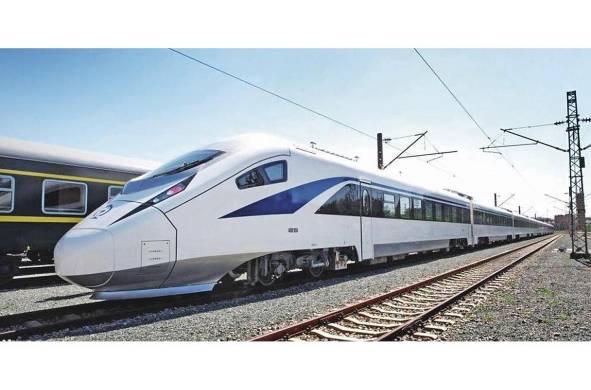Panama Government Prepares Master Plan for Panama-David Railway

The Ministry of the Presidency launched a call for proposals addressed to national suppliers to gather information and establish the estimated cost of the consulting services required to develop the Master Plan for the Panama-David-Border Railway. This project, considered one of the most ambitious in the country’s history, aims to connect Panama City with the northern border, improving passenger and cargo transportation along a strategic route. The creation of a solid master plan constitutes the initial phase of the railway project. This document will integrate demand projections for passengers and cargo, essential to assess the potential use of the system. The studies will also include conceptual and technical designs, detailing aspects such as the geometric alignment of the railway, viaducts, tunnels, stations and maintenance yards. The cost and risk estimates will cover both the initial investment (Capex) and the operating expenses (Opex). The pre-feasibility phase will validate previous technical studies and project alternatives for phased implementation. The development of this railway system aims to transform national connectivity, creating a more sustainable and efficient transport model. Key benefits include: reduced transportation costs and times: It is expected to strengthen interregional trade, facilitating the movement of goods, and improved passenger mobility, especially between rural and urban areas, which could boost the economy of remote communities.

The construction and operation of the railway will generate direct and indirect jobs, promoting the economic development of various regions. Technical aspects Engineer Henry Faarup Mauad is leading the project, which will require an investment of approximately $5 billion and could take six years. This 391.3-kilometer mega-project will have 21 stations, connecting the provinces of Panama, Coclé, Herrera, Veraguas and Chiriquí. Passenger trains will reach speeds of up to 160 km/h, completing the route between Panama and David in about 2 hours and 30 minutes. Freight trains, meanwhile, will operate at a maximum speed of 80 km/h. A feasibility study conducted in 2019 indicated that the train could make up to four round trips a day to Santiago, and two to David. According to the government, the construction is expected to generate around 6,000 direct and indirect jobs. Once operational, the system will require approximately 2,900 workers to ensure its operation and maintenance. Henry Faarup Mauad will be supported by engineer Roberto Roy, recognized for his role in the construction of the Panama Metro, which brings experience and credibility to the initiative.





